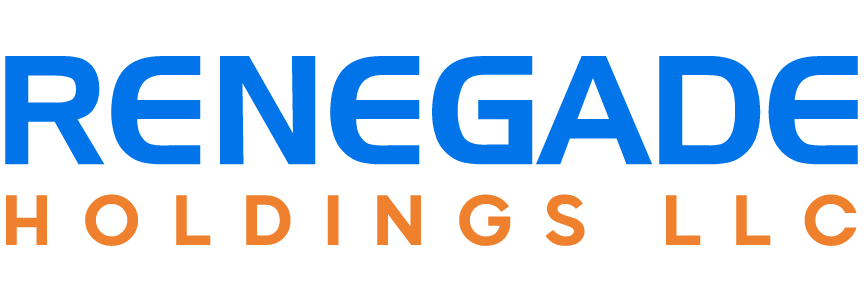OpenAI’s For-Profit Arm to Transition into a Public Benefit Corporation with Microsoft’s Support
OpenAI and Microsoft have announced a non-binding agreement that could reshape the business structure of one of the most influential artificial intelligence (AI) companies. OpenAI’s for-profit arm may soon become a public benefit corporation (PBC), signaling a pivotal evolution in how technology companies can pursue innovation while embedding social good into their organizational models. For contractors and project managers working in government and tech sectors, the shift carries meaningful implications in public-private partnerships, transparency, and ethical technology deployment.
Understanding OpenAI’s Organizational Structure
OpenAI has long operated under a unique governance model—a capped-profit arrangement—designed to balance the need for investment capital with a mission to ensure AGI (Artificial General Intelligence) benefits all of humanity. The company’s current structure includes a non-profit parent (OpenAI Inc.) and a subsidiary capped-profit entity (OpenAI LP), responsible for conducting commercial AI operations, including licensing its AI technologies like GPT to partners such as Microsoft.
From Capped-Profit to Public Benefit Corporation
The proposed shift into a public benefit corporation (PBC) structure would officially embed OpenAI’s founding principles into its legal operating framework. Unlike traditional for-profit corporations beholden solely to shareholder interests, a PBC is mandated to consider the broader public impact of its business decisions, including societal, community, and employee factors.
This repositioning would mark a substantial leap in how tech companies are chartered and held accountable. For project managers in government contracting, such a move may present a clearer alignment with federal and state government values around ethical AI deployment.
Microsoft’s Role and Stake in the Agreement
Microsoft’s relationship with OpenAI is central to its business and AI strategy. Through multi-billion-dollar investments and integration of OpenAI’s technologies into products like Azure and Office 365, Microsoft is both a strategic partner and a stakeholder. The non-binding agreement suggests a strong endorsement from Microsoft, even if no formal, legal commitment has yet been made.
For contractors engaged in federal AI procurement, Microsoft’s alignment with a PBC-structured AI firm could create new standards around ethical sourcing and responsible AI practices in public-sector projects.
Implications for Government Contracting and Procurement
There are several direct and indirect consequences of this organizational change for the public sector:
– **Enhanced AI Accountability**: A PBC framework could potentially offer greater transparency into algorithms, safety measures, and data policies—key components in Biden’s Executive Order on AI and Maryland’s own legislative discussions on AI accountability.
– **Alignment with Government Values**: Local, state, and federal agencies tend to prefer vendors and subcontractors who demonstrate alignment with public interest goals, making OpenAI’s transition an example of structural innovation that contractors should take note of.
– **Procurement Strategy Trends**: As more contractors point to OpenAI’s PBC status to satisfy ethical use requirements in proposals, this could influence evaluation criteria on solicitations including Requests for Proposals (RFPs), Requests for Information (RFIs), and Statements of Work (SOWs).
What This Means for Project Managers and Vendors
For certified associates in project management or government contractors, the shift introduces a new set of considerations when sourcing AI solutions or partnering with AI-driven companies:
1. Re-evaluating Vendor Due Diligence
Project managers working with government clients must now consider vendor corporate structures—especially how those structures align with risk mitigation, governance, and long-term sustainability. PBCs offer a newer model that is mission-focused but still maintains financial sustainability, making them an attractive vendor partner.
2. Navigating Evolving Compliance Standards
AI procurement is increasingly scrutinized for ethical implications. Project managers must stay current on new compliance standards that may emerge due to OpenAI’s example. Government contracting teams should prepare to adjust internal assessments and compliance checklists accordingly.
3. Integrating Social Impact Metrics in Proposals
Going forward, contractors may benefit from incorporating measurable public or community impact metrics into their responses to government solicitations. If AI firms like OpenAI adopt PBC status, they may lead a shift in industry standards that values social benefit alongside technical performance.
Conclusion
OpenAI’s move to transform its for-profit arm into a public benefit corporation, supported by Microsoft, represents a landmark moment in the technology and AI sector. For government contractors, project managers, and procurement officers, this development could signal a broader change in how AI and tech companies are evaluated—not just on profit potential, but on purpose and public good. As ethical considerations become embedded in both procurement and project approval processes, those best prepared to lead with accountability, transparency, and innovation will find themselves better positioned to win in the evolving landscape of government contracting. Stay informed and align early—because the future of ethical AI is being written now.#OpenAI #PublicBenefitCorporation #EthicalAI #MicrosoftPartnership #GovTech

